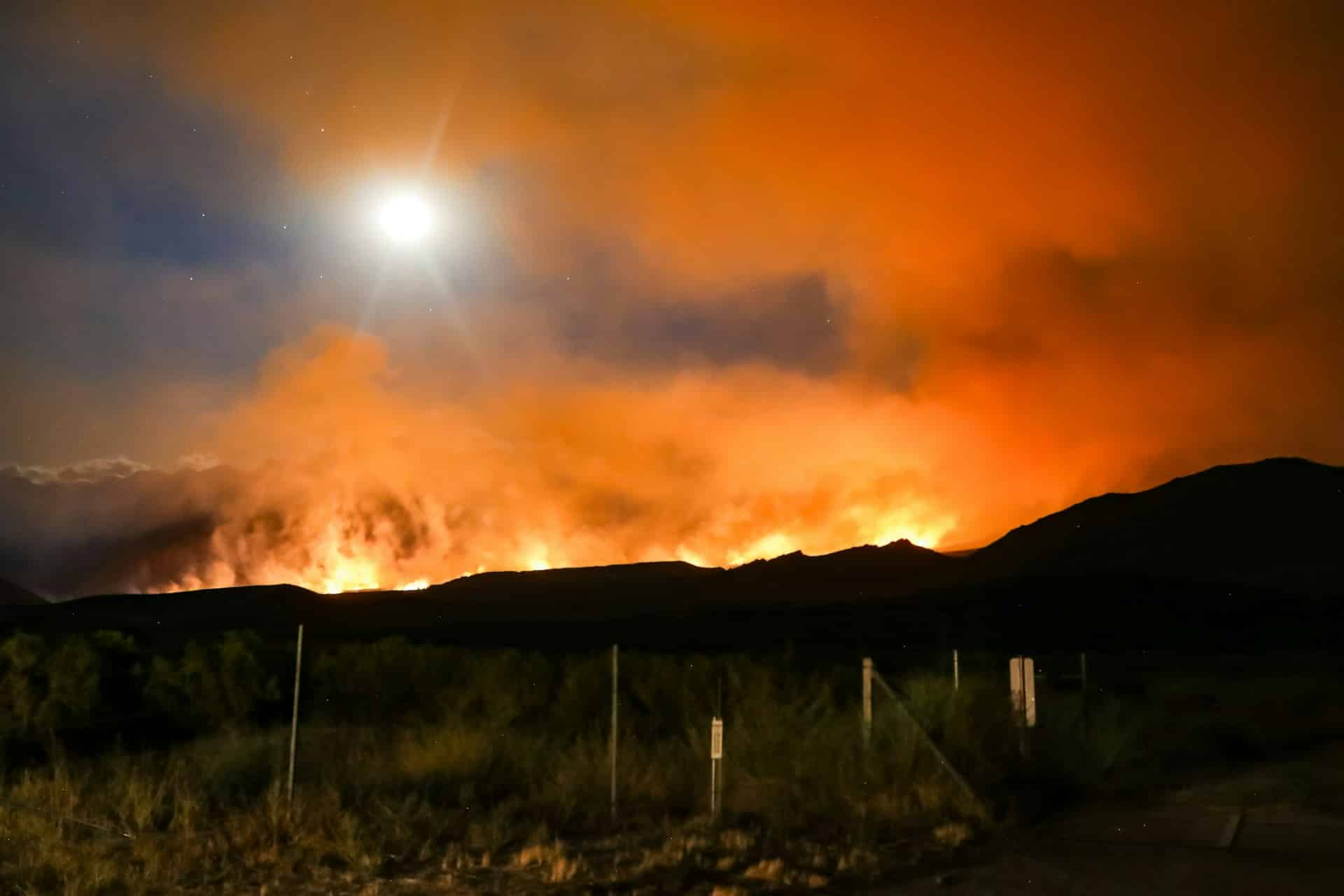In June, the Senate Appropriations Committee scheduled a markup of the chamber’s FY2015 Energy and Water Appropriations bill only to pull it from consideration at the last minute to reportedly avoid votes on proposed controversial amendments.
The House passed its own version of the bill in July. Below are descriptions of some of the Senate bill’s provisions.
MOX
The bill provides $400 million to continue constructing the Mixed Oxide Fuel Fabrication Facility (MOX) at the Savannah River Site in South Carolina. In March, DOE’s budget requested putting the MOX construction project in “cold-standby.” With escalating costs and schedule delays, the proposal is long overdue. Instead of acceding to DOE’s request for $196 million just to keep the project in a holding pattern, the bill restored full funding for the facility by providing $400 million, $56.5 million more than last year and more than double what DOE requested.
USEC
The bill provides $110 million for the United States Enrichment Corporation (USEC) and the American Centrifuge Project. After USEC filed for bankruptcy in March, DOE also chose to put support for the company’s research, development and demonstration project, the American Centrifuge Project (ACP) on hold. Since then, ownership of the ACP has been transferred to the Oak Ridge National Laboratory, which has kept USEC on as a project subcontractor. Facing such setbacks, DOE eliminated all funding for the ACP in its budget request for the second year in a row. Following the lead of the House which proposed $96 million for the project, however, the Senate bill proposes $110 million for it. The Committee stipulates that the money can be used only to maintain existing centrifuges and not to commence construction of a centrifuge train for national security purposes.
The Committee also requires the DOE Secretary to submit a detailed report including:
(A) an inventory of all unobligated enriched uranium available to DOE for defense purposes;
(B) an explanation for why the inventory is insufficient;
(C) a cost-benefit analysis of the options to secure additional inventory for defense purposes; and
(D) a determination by the Secretary that a national security train is the cheapest option to meet national security requirements, if it is deemed necessary.
SMRs
The bill did not provide any new funding for the Small Modular Reactor (SMR) Licensing Technical Support program, instead directing DOE to use the $85 million of prior year funds for its second award. In its FY 2015 budget justification, DOE requested $97 million for its SMR Licensing Technical Support program which awarded cost-share agreements worth up to $452 million to two SMR companies last year. When the budget was released in March, DOE staff noted that it had already given $101 million to mPower, one of the recipients and a subsidiary of Babcock & Wilcox (B&W). The company has subsequently announced it would reduce funding for mPower.
As a result, the House Energy and Water bill cut all funding for the mPower cost share agreement, though it appropriated $54.5 million for NuScale, the second recipient. The Senate bill went further by denying the program any new funding.
Reduced R&D Costs
Unlike the House version of the bill, the Senate Appropriations Committee’s working draft would reduce spending for the Nuclear Energy research and development (R&D) and fund Fossil Energy R&D at the requested level. The programs support the nuclear and fossil fuel industries by conducting R&D for them.
Nuclear Energy R&D – Overall, the bill would save more than $106 million on Nuclear Energy R&D compared to DOE’s request, and more than $127 million compared to FY 2014. Most of the savings was achieved by cutting new support for the SMR Licensing Technical Support Program (described above) and decreasing funding for the Reactor Concepts Research, Development, and Demonstration (RD&D) subprogram that, in part, also promotes SMR technology. Some of the money saved by funding the RD&D program at $45.5 million below DOE’s request was offset by $40.9 million allocated to the Fuel Cycle R&D budget above the request.
Fossil Energy R&D – The bill provides funding for the program at DOE’s requested level of $475.5 million, which represents a cut of more than $86 million compared to FY 2014. That contrasts sharply with the House’s recommendation to increase the program’s budget by $117.5 million over the request, and $30.9 million over the FY 2014 level. Both bills allotted $25 million for a new natural gas carbon capture and sequestration (CCS) demonstration project proposed by DOE, though the Senate draft states it would not continue funding for the project in future years. The Senate version also includes language critical of the DOE’s Office of Fossil Energy, encouraging it to reduce waste and duplication.
Tough Language for the Loan Guarantee Program
The bill funds the DOE Loan Guarantee Program at its requested amount, but appropriators took note of recent reports from the DOE Office of Inspector General (OIG) and Governmental Accountability Office (GAO) that highlighted a number of flaws in the program’s operations. Some of the language the Senate Appropriations Committee included in the report accompanying the draft bill is below:
The Committee is particularly concerned with the findings from GAO’s May 2014 report […] that found that DOE had inconsistently adhered to its policies for monitoring and reporting on credit risk; inconsistently adhered to its policies for managing troubled loans; and did not adhere to its policy requiring it to evaluate the effectiveness of its loan monitoring. OIG’s April 2014 audit report […] identified the failure to establish comprehensive policies, procedures, and guidance for awarding, monitoring, and administering loans.
Accordingly, the bill would require the DOE Secretary to submit a plan to comply with the GAO’s recommendations for the program to the committee.














Get Social